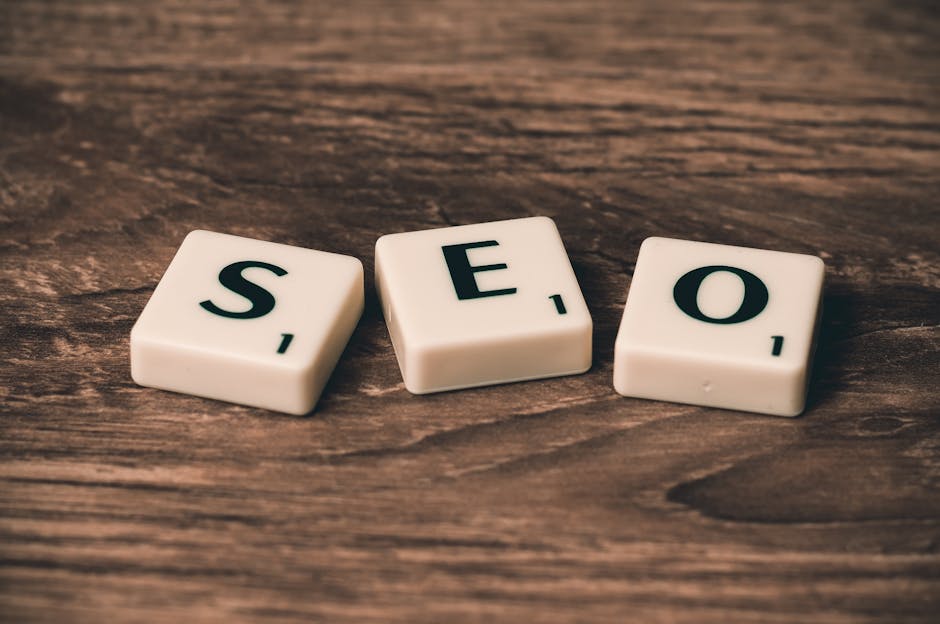Various elements impact the website development cost in Egypt, including:
May 22, 2025 | by Rayhan


Setting a clear budget for website development is crucial. It helps in:
For instance, a small business owner may allocate a budget of $5,000 to ensure they cover essential features while allowing flexibility for adjustments. Proper budgeting not only outlines spending but also aligns the development process with business goals.
Static websites are the simplest type, usually consisting of a few pages with fixed content. They are ideal for businesses that need an online presence without frequent updates.
Typical cost range: $500 – $3,000.
Dynamic websites offer interactive elements and are frequently updated, making them suitable for blogs and content-rich sites.
Typical cost range: $3,000 – $10,000.
E-commerce websites are designed for selling products or services online. They include payment gateways, shopping carts, and inventory management.
Typical cost range: $5,000 – $25,000.
Understanding these types can help in making informed decisions based on specific business needs and budgets.
A domain name is your website’s address on the internet, and registering it typically costs between $10 – $20 per year. It’s essential for branding, so choose wisely!
Web hosting is where your website files live. Monthly fees can range from $5 to $100, depending on the type of hosting (shared, VPS, or dedicated).
This is often the most significant expense, ranging from $1,000 to $15,000, varying with complexity and custom features designed by professionals.
Quality content is key! Budget $200 to $2,000 depending on your site’s size and content type (text, images, videos).
Post-launch, allocate about $50 to $300 monthly for maintenance, ensuring your site remains secure and updated. Regular updates not only enhance performance but also improve user experience.
By understanding these components, you can accurately forecast your website development budget and prioritize expenses effectively.
Investing in SEO (Search Engine Optimization) is crucial for driving organic traffic to your website. Expect to spend between $500 and $3,000 for initial optimization efforts, which may include keyword research, content adjustments, and link-building strategies.
With the increasing use of smartphones, ensuring your website is mobile-responsive is essential. This may cost an additional $300 to $2,000, depending on whether you’re adapting a current site or building a new one. A responsive design enhances user experience and can improve search rankings.
To protect your site from cyber threats, consider investing in security features like SSL certificates, firewalls, and regular backups. Budget around $100 to $500 annually for these safeguards.
Incorporating these additional costs into your planning will help create a robust online presence that prioritizes user experience and security.
Basic websites, which typically include simple static pages, can range from $500 to $3,000. This pricing often covers domain registration, hosting, and basic design elements, making it perfect for small businesses wanting an online presence.
On the other hand, e-commerce platforms tend to be more expensive, with costs ranging from $5,000 to $25,000. The higher price reflects necessary features like shopping carts, payment processing, and product management systems.
Several factors shape these price ranges, including:
Understanding these averages can better prepare you for the financial commitment of creating your website.
Hiring freelancers can be a cost-effective choice, often priced between $20 and $100 per hour.
Pros:
Cons:
Agencies provide a broader range of expertise but come at a higher price, usually $75 to $300 per hour.
Benefits:
Choosing between a freelancer and an agency depends on your project scope, budget, and desired level of involvement.

When developing a website, it’s essential to distinguish between must-have features and nice-to-haves. Focus on functionalities that directly impact user experience and your business goals. For example, if you’re running an e-commerce site, prioritize:
By keeping your feature list lean, you can avoid unnecessary expenses while still delivering a high-quality site.
Another effective way to save costs is by using open-source platforms like WordPress, Joomla, or Drupal. These platforms offer:
By leveraging these resources, you can build a professional site without breaking the bank while still ensuring quality and performance.
Consider a local bakery looking to strengthen its online presence. The owner opted for a basic website with essential features like a menu, contact information, and an ordering form.
Total cost: Approximately $1,315. This investment significantly increased online orders and customer engagement.
A mid-sized tech firm needed a complete website overhaul to improve functionality and aesthetics. They required custom features for client interaction and resource sharing.
Total cost: Approximately $10,520. Post-redesign, the firm noted a 30% increase in user engagement and lead generation, justifying the investment.
These case studies illustrate how website development costs can vary widely based on business goals and needs.
In summary, when planning your website development budget, consider several key factors:
Understanding the overall landscape of website development costs—like the website development cost in Egypt, India, and Dubai—can guide decisions.
Incorporating content automation tools can further optimize your expenditure. Automating content generation not only saves time but ensures consistency. Distinguishing between a content creator and a copywriter is essential; creators focus on generating engaging material, while copywriters concentrate on persuasive text aimed at sales.
By aligning your website budget with these insights, you can make informed decisions that ensure a successful online presence.
Ready to budget your website project with confidence? Download our FREE Website Cost Calculator now and get your personalized development estimate in minutes! Schedule an online call here!
View all